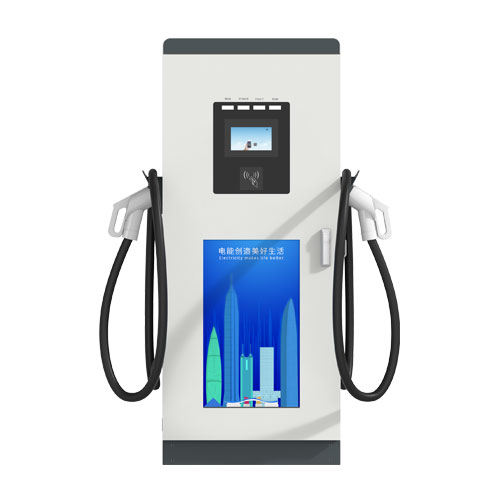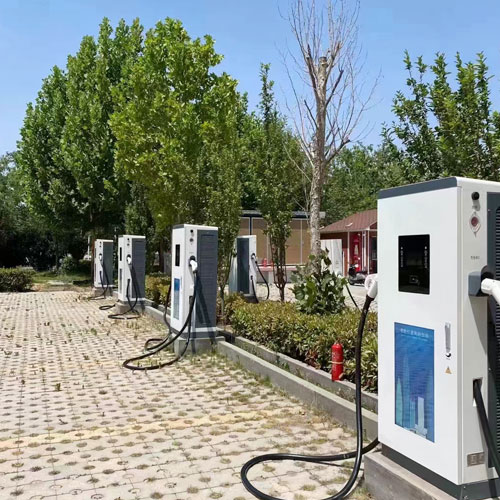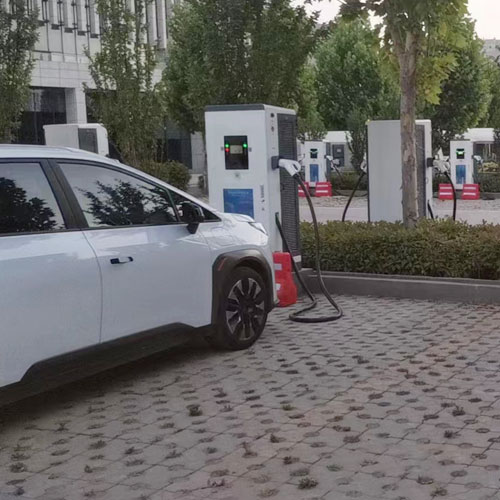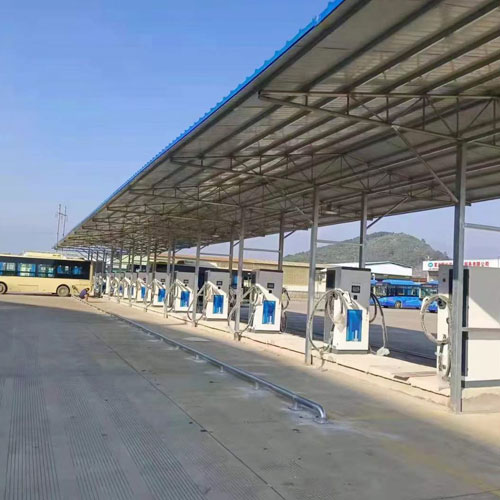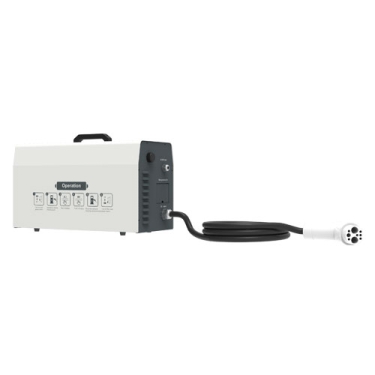Top fast charge ev stations solutions, order from Hongjiali New Energy today! The winning combination solutions include recommended products for various EV charging.
Hongjiali is a leader in electric vehicle charging, offering a range of reliable fast charge ev stations.Sells electric car chargers for home and commercial installation.
Learn about the commonly used electric vehicle charging stations on the market at Hongjiali, including Level 3 fast charging stations and even home electric vehicle chargers.
Product parameters of commonly used fast charge ev stations on the market:
Parameters | Requirements | |||||
General Requirements | ||||||
EV Charger Type | DC | |||||
Charger Capacity | 30KW | 40KW | 50KW/60KW | 80KW | 90KW/100KW | 120KW |
Equipment size | L700*W450*H1680(mm) | |||||
Product Model NO. | ENC-DCL030A | ENC-DCL040A/B | ENC-DCL060A/B | ENC-DCL080B | ENC-DCL100B | ENC-DCL120B |
ANSI-DCL030A | ANSI-DCL040A/B | ANSI-DCL060A/B | ANSI-DCL080B | ANSI-DCL100B | ANSI-DCL120B | |
JIS-DCL030A | JIS-DCL040A/B | JIS-DCL060A/B | JIS-DCL080B | JIS-DCL100B | JIS-DCL120B | |
Mounting | Ground-Mounted | |||||
Input Requirements | ||||||
AC Supply System | Three-Phase, 5 Wire AC system | |||||
Nominal Input Voltage | AC380V±15% | |||||
Input Frequency | 45-65Hz | |||||
Environmental Requirements | ||||||
Ambient Temperature Range | -25 to 55°C | |||||
Ambient Humidity | 5 to 95% | |||||
Storage Temperature | -40 to 70°C | |||||
Mechanical Requirements | ||||||
IP Ratings | IP 54 | |||||
Cooling | Air-cooled | |||||
Output Requirements | ||||||
Number of Outputs | 1 | 1 or 2 | 2 | |||
Type of Each Output | DC200-750V ; DC150-500V(JIS) | |||||
Single Output Max.Current | 125 Amp | 150 Amp | 200 Amp | |||
Power Factor | ≥0.99(50% load above) | |||||
User Interface & Display Requirements | ||||||
Display & Touch-Screen Size | 7 Inches Touch Screen with Shell | |||||
User Authentication | QR Code/RFID Card /Password Login | |||||
Metering Information | Consumption Units | |||||
Communication Requirements | ||||||
Communication between EVSE and Central server | OCPP 1.6J Protocol (Optional) | |||||
Interface between Charger and CMS | Ethernet/3G/4G/WIFI (Optional) | |||||
Protection & Safety Requirements | ||||||
Executive Standard | IEC 62196 2017, IEC 61851 2017, SAE J1772,CHAdeMO etc. | |||||
Safety Parameters | Over Current, Over Voltage, Under Voltage, Residual Current, Surge Protection, Leakage Protection, Short Circuit, Over Temperature, etc. | |||||
